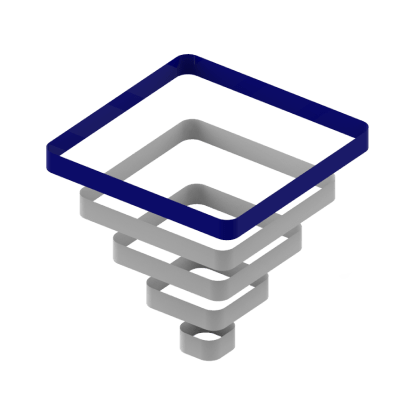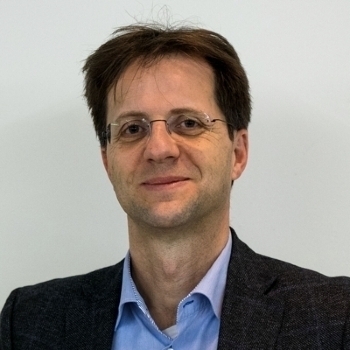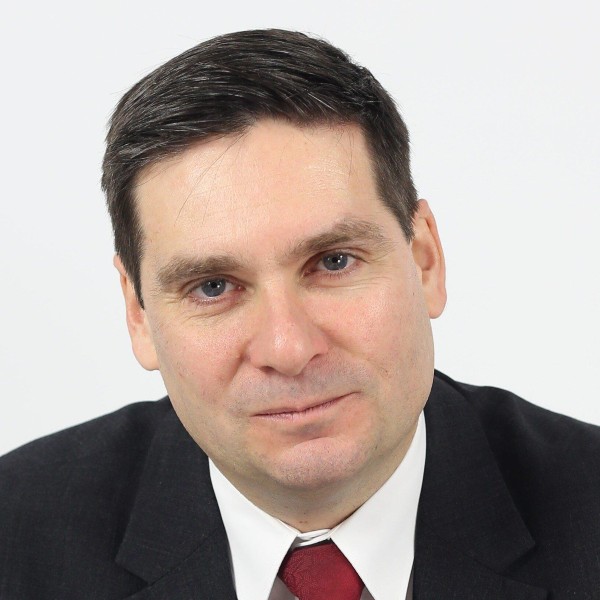Can Europe leverage its strength and reduce its weakness with the Chip Act?
INPHO Venture Summit is a unique biennial where top-notch investors challenge deeptech investment opportunities to address today but especially tomorrow’s challenges in current tumultuous macro environment. INPHO is deeply appreciated by top decision makers looking to meet their peers, share knowledge and analysis, identify investment opportunities through intensive exchange of views in condensed and efficient sessions.
INPHO Venture Summit is on acceptation only. Open and live digital sessions contribute to nurture upcoming discussions.
Here is a selection of questions addressed during the INPHO Cath&DO “What’s next to invest in Semiconductors and Photonics?” by François Tison, General Partner at 360 Capital, Christian Reitberger, Partner at Matterwave, and Yves Paindaveine Head of Sector, Digitising European Industry Governance, DG CONNECT, European Commission.
Watch now
- Sustainablity of semiconductor supply chain?
- How can a start-up bring innovation?
- Do you avoid "mainstream" business?
- How would a venture capital adress the long cycles and CAPEX at risk?
- Do you invest in companies?
- Is NFC Wireless Charging an interesting investment?
- Is it time for more companies to think about integrating biological elements?
- How to cooperate with fabless companies?
- How can the Chips Act help?













